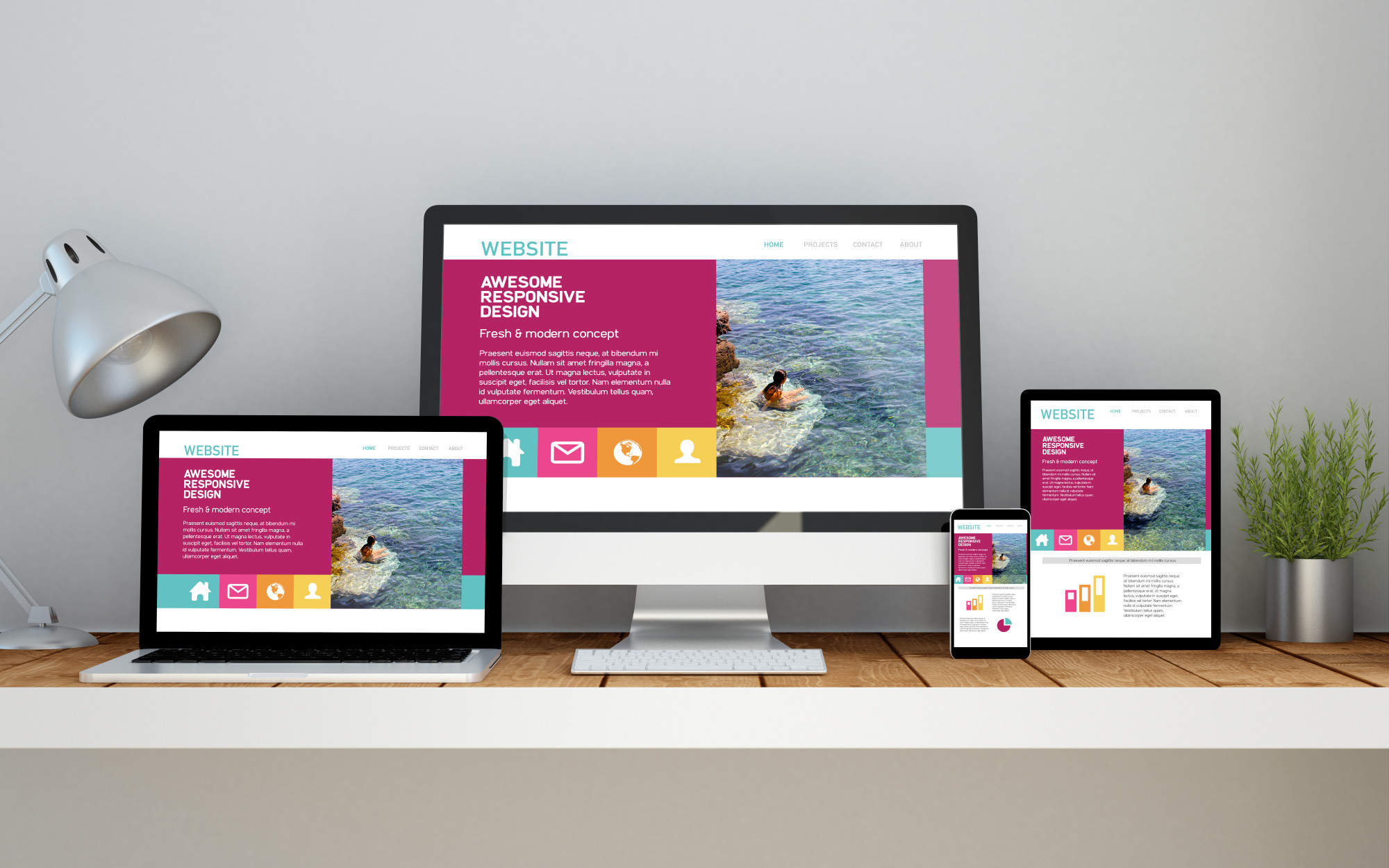In the current digital environment, possessing an effective web design is increasingly crucial than ever for businesses looking to grow and succeed. Your website often acts as the initial point of contact between your brand and prospective customers. An aesthetically pleasing and easy-to-use design can leave a enduring impression, build trust, and encourage visitors to explore your offerings more. This is why putting resources in exceptional web design is not just an option; it is a fundamental aspect of your business strategy.
An intuitive website that reflects your brand identity can significantly impact customer engagement and conversion rates. When executed right, jw-digital.co.uk can streamline the user experience, which makes it simpler for visitors to locate the information they need, move around your services, and eventually make a purchase. The goal is to create a seamless journey from the moment a prospective customer lands on your site. By focusing on effective web design, you lay the groundwork for long-term growth and success in a competitive market.
Fundamentals of Impactful Web Design
Impactful web design hinges on various key principles that can dramatically enhance user experience. One essential principle is clarity. A website should convey its message clearly and succinctly, eliminating any uncertainty for visitors. This means utilizing straightforward language, simply navigable layouts, and clear calls to action. When users promptly understand what a business offers and how to engage with it, they are more likely to linger on the site and convert into customers.
Another essential principle is flexibility. With the increasing use of mobile devices, it is crucial that a website operates effortlessly across multiple screen sizes and platforms. A adaptive design not only enhances user satisfaction but also adds to better search engine rankings. Guaranteeing that images, text, and other elements resize appropriately enhances accessibility and allows users to interact with the site effectively, no matter how they access it.
Lastly, design hierarchy plays a crucial role in guiding user behavior on a website. By intentionally arranging elements such as headings, images, and buttons, a web designer can guide visitors through a smooth flow of information. Using size, color, and placement to highlight the most important components guarantees that users can navigate the site naturally. A carefully designed visual hierarchy can substantially improve engagement and encourage user actions, ultimately promoting the growth of a business.
Fundamental Aspects for Customer Involvement
Establishing an immersive online experience begins with a distinct and intuitive navigation system interface. Visitors ought to find what they're looking for swiftly and with ease. A well-organized menu, with classifications that are clear and simple, augments the user journey and holds visitors on the site for an extended period. Including a search feature can also greatly improve navigation, enabling users to access content immediately without having to navigate through multiple pages.
Visual aesthetics plays a significant role in user engagement. High-quality visuals, consistent branding, and a pleasing color palette entice visitors in and maintain their focus. It is essential to coordinate visuals and content, making sure that the design enhances the message without overwhelming the user. Employing whitespace effectively can also enhance the readability and create a more enjoyable browsing experience for users, simplifying it for users to absorb the content.

Lastly, engagement can significantly boost user involvement. Features like interactive quizzes, questionnaires, or feedback areas allow users to participate actively rather than merely consuming content. Adding features like live chat support or dynamic infographics motivates visitors to dive deeper, providing them with a notion of connection and creating a community around your brand. These engaging attributes not only enhance the user experience but can also result in higher conversion rates for businesses.
Measuring Effectiveness in Web Design
Effectiveness in website design can be evaluated through different metrics that indicate user engagement and happiness. One of the most important indicators is the website's bounce rate, which measures the proportion of visitors who abandon the site after looking at only one page. A considerable bounce rate often indicates that users are not perceiving the content meaningful or interesting. By improving web design to boost user experience, businesses can minimize bounce rates and motivate visitors to browse further, leading to increased engagement and potential conversions.
A further important metric to consider is the average session duration. This indicates you how much time visitors are investing on your site. A longer session duration typically indicates that users find the site captivating and informative. Web design elements such as user-friendly navigation, attractive visuals, and premium content can significantly influence session duration. By regularly refining these elements, businesses can boost their web design and create a more engaging and enjoyable user experience.
Finally, conversion rates are a crucial measure of web design success. This metric measures how well the website motivates users to take desired actions, such as signing up for a newsletter, making a purchase, or seeking more information. A well-designed website should lead visitors smoothly along their journey, using concise calls to action and strategically placed sign-up boxes. By keeping track of conversion rates and executing adjustments to web design based on user feedback and analytics, businesses can refine their sites for growth and accomplish their targets.
